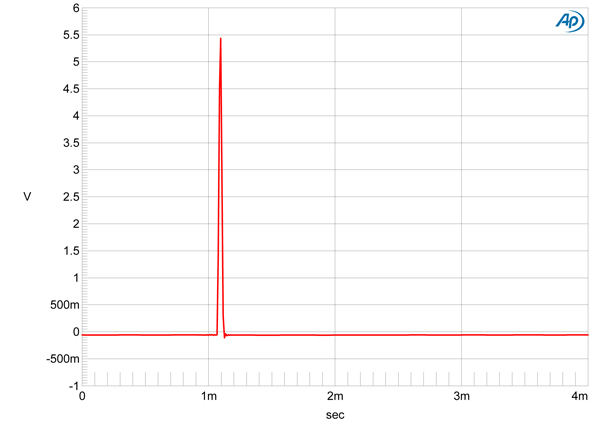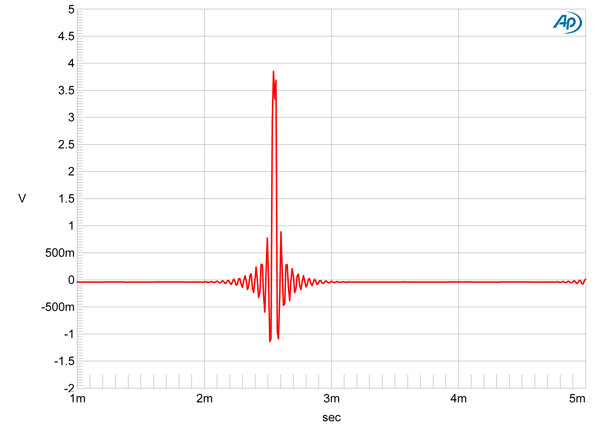So it sort of depends on how you want to define "True" r2r.@kkrazik2008. It is a Chord and dCS who try to confuse users, many others too, I suspect a Holo Audio is on the list.
Actually Schiit DACs are not pure R2R. The same is with Holo Audio. There are more classic ladder types with two practical textbook types and combination of some other types. The following will explain a difference.
1. R2R. A ladder consist of equal value R and 2xR resistors in a specific layout. Examples are Burr Brown PCM63, PCM1704 chipDACs or discrete implementation from Denafrips and Audio GD.

2. Binary weighted. A ladder consists of series resistors where each resistor has a double value of the previous one.

3. Segmented. A portion of the ladder is R2R and other is some other type. The most known chipdac segmented architecture is TDA1541, a later version is TDA1387. It is a type of the ladder used in Schiit multibit DACs. By example Bifrost 2 and Gunmir use Analog Devices chip AD5781, Yuggdrasil AD5791. Holo Audio DACs are also examples of a discrete implementation segmented architecture.
Segmented architecture is relaxing requirements for the tolerance of resistors, it makes a DAC to look better in DSP eyes (measurements), but does it sound better? Not really. A typical example is a TDA1541, it has never proven to sound better than PCM63 which is a true laser trimmed R2R.
There are two reasons for the inferior sound of segmented implementation. One is a temptation to reduce costs, the other is that segmented ladder do not respond equally to a fast transients. These dynamic effects cannot be measured, but our ears are very sophisticated devices and process sound differently than a current lab equipment. Holo Audio commit a bigger offense. For a pure marketting reason they are adding a separate compensation ladder that breaks a dynamic response even further. It is why I am suspecting a digital preprocessing is in place to deal with the issue (see my previous post).
You are right a term 'Multibit' frequently is used in different ways, I would say - incorrectly. A Schiit use is correct, their ladders are not true R2R, so they call it 'Multibit'. An example of incorrect use is for a modern Delta-Sigma DACs implementation, either chips or discrete. Details of chips DACs are hidden under NDA, Ares II DSD decoding is described as "6-bit DSD (32 steps FIR Filters)". It means that DSP is required to feed each resistor, as opposed to a traditional combination logic in ladder DACs. A correct term is a multistream single-bit DSD processing, or just "multistream processing", "multistream DSD".
If you're meaning a 100% straight up r2r ladder with no additional compensation or digital domain methods of achieving higher accuracy, I don't know if there are any in production today.
MSB, Audio-GD, Holo, Rockna, Denafrips etc, all have their own ways of compensating for resistor tolerances which mean that none are simply taking the samples and converting using a full R2R ladder with no further processing or analog compensation.
But you also likely wouldn't want one of these "true" r2r dacs because it'd probably be pretty awful.
There are some basic methods like literally running multiple ladders simultaneously and summing the analog result. Some like Audio GD and denafrips correct for resistor tolerances using the FPGA (an advantage of using a single fast FPGA to control the ladder rather than using serial shift register logic chips). Audio GD actually talks about this on the page for their R7 dac for example.
Holo has their "Linear compensation" method which utilises a second ladder running alongside the main 24 bit R2R ladder to compensate. Which given the objective performance whatever they're doing is clearly working well.
Obviously none of the manufacturers will tell you exactly how they're doing it as it's each their own 'secret sauce', but none of them are running uncompensated R2R ladders. (I've not checked metrum and some of the other companies though).
And so at that point it's sort of up to you to decide what you'd consider "true" R2R. If you're meaning only full 24 bit uncompensated ladders that simply convert the samples as presented, I don't think there are any products doing that.
But then the same goes for delta sigma. There are very few "true" basic 1-bit dacs. Chord has the pulse array, mola mola and holo have their discrete FIR filter stuff, ESS doesn't actually convert 1 bit at all, dCS has their ring dac.
These families of DAC topologies are wide ranging and can encompass a lot of different designs. It's difficult to find a 'purist' version of any of them though because manufacturers have come up with all sorts of ways to address the shortcomings of the respective topologies.
But yes, the main ladder on holo is fully R2R and is not a segmented design. The compensation ladder operates independently and is not substituting for any LSBs.
Personally, I'd say that I'd consider R2R to be a converter which can indeed convert PCM samples natively, without further processing or modulation.
In regards to the AD5781 chips. Whilst they are again not a straight up R2R all the way through design, I'd still consider them to be 'true' R2R/multibit because they are native converters.
The 6 LSB segment of the AD5781 is just a slightly different method of constructing a resistor network by utilising additional reference voltages instead of relying on the resistor tolerances fully. It's actually a pretty simple but clever workaround. But notice that there are 63 segments. 6 bit info has a max value of 63 (111111 in binary is 63).
This dac is still converting discretely without any form of delta sigma modulation. And so it is a genuine 'native' PCM converter.
It's also worth noting that this is very different to the "Advanced segment" design of burr brown PCM chips which are commonly misrepresented as native converters. Those dacs convert the 6 MSB natively, but the lower LSBs are converted using delta sigma. They are not true native PCM converters.
Some products can actually set these chips to run "NOS", which defeats the oversampling filter of the chip. But you can tell they are not native converters because when running in this mode the quantization error/noise is measurably worse and rises significantly into higher frequencies.
EDIT: Also, it's sort of difficult to choose the correct word here. Should a true native PCM converter be called "R2R" even if the circuit itself isn't actually fully R2R?
Should they be called "Multibit"? What about the delta sigma chips that modulate to a >1 bit level, wouldn't those fall under "Multibit" too?
So to avoid annoying any engineers, yes, R2R is often a term used incorrectly. But it's mostly because we don't really have a good proper description for the circuit design family other than perhaps "True native PCM converter" which is both a bit of a mouthful, and also has had the waters muddied by certain companies already using the term "True native" to describe dacs that are not actually truly native PCM converters.
Last edited:








































